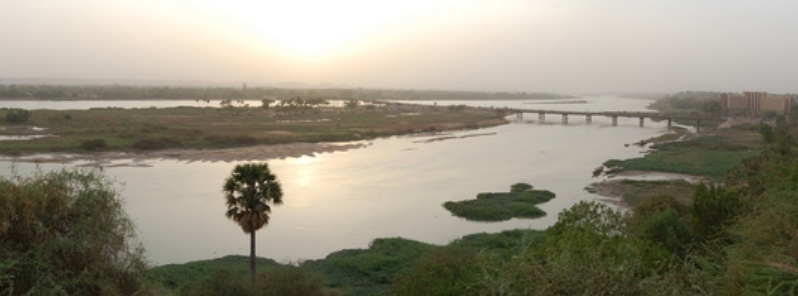
The numbers were made public by the United Nations on October 16, and are much higher than those of the government.
The rains destroyed nearly 17 400 homes and killed more than 33 000 livestock, OCHA reports. In addition, nearly 8 000 ha (22 000 acres) of milled, maize and bean fields were inundated.
Niger is a former French colony with a population of about 20 million and one of the world's least developed countries with among the highest fertility rates. Conflicts in neighboring Mali and Nigeria have pushed thousands of refugees into the country in recent years.
With food production struggling to keep pace and just 3% of irrigable land irrigated, the government has set out ambitious plans to restore 1 million hectares of degraded land over the next four years and boost irrigation, BRACED reports.
Farmers are advised to use an ancient technique that involves digging half-moon-shaped trenches to allow rain to soak into the soil during the wet season instead of running off the hard-baked surface.
Since 2015 when the plan was started, nearly 20 000 ha (50 000 acres) of agricultural and pastoral land has been restored in this way.
Featured image: Niger by Roland (via Flickr)